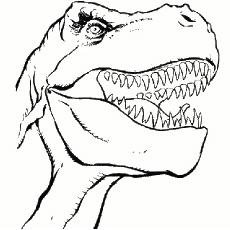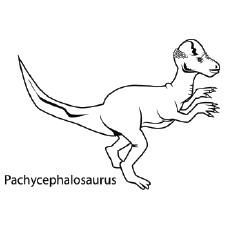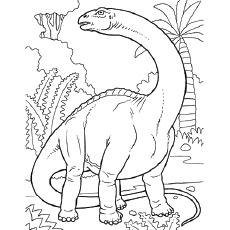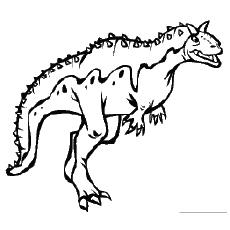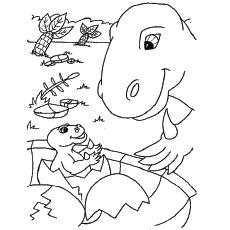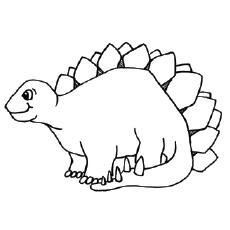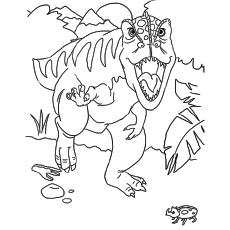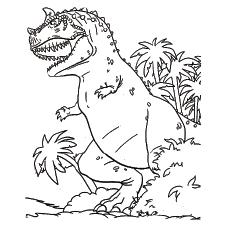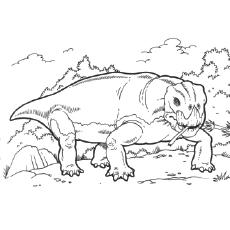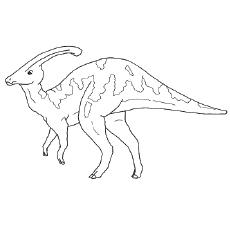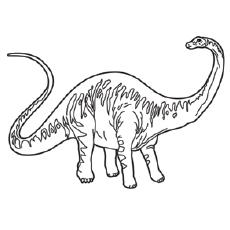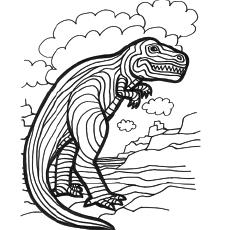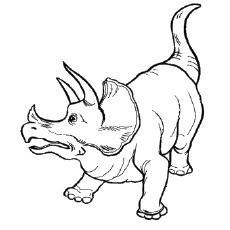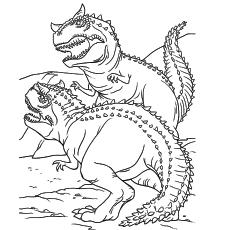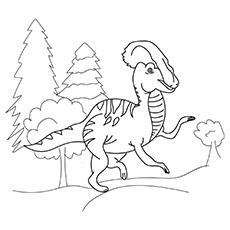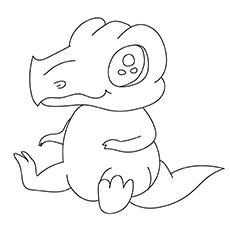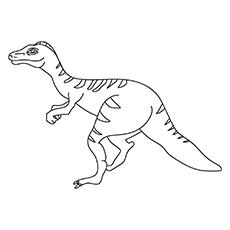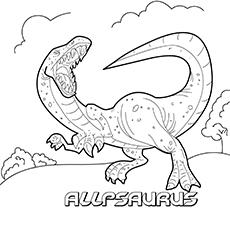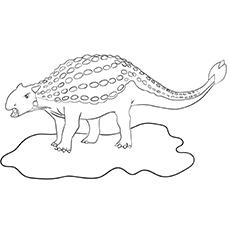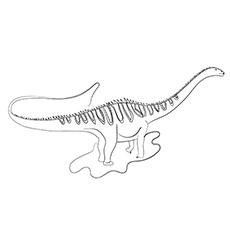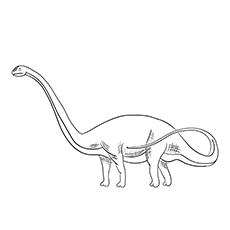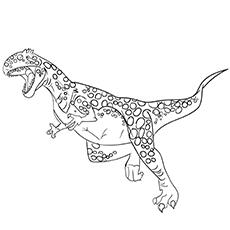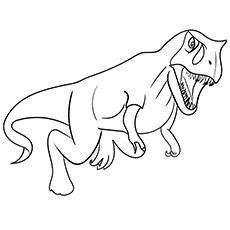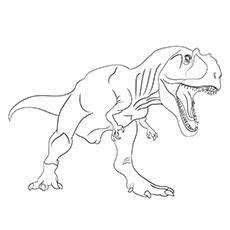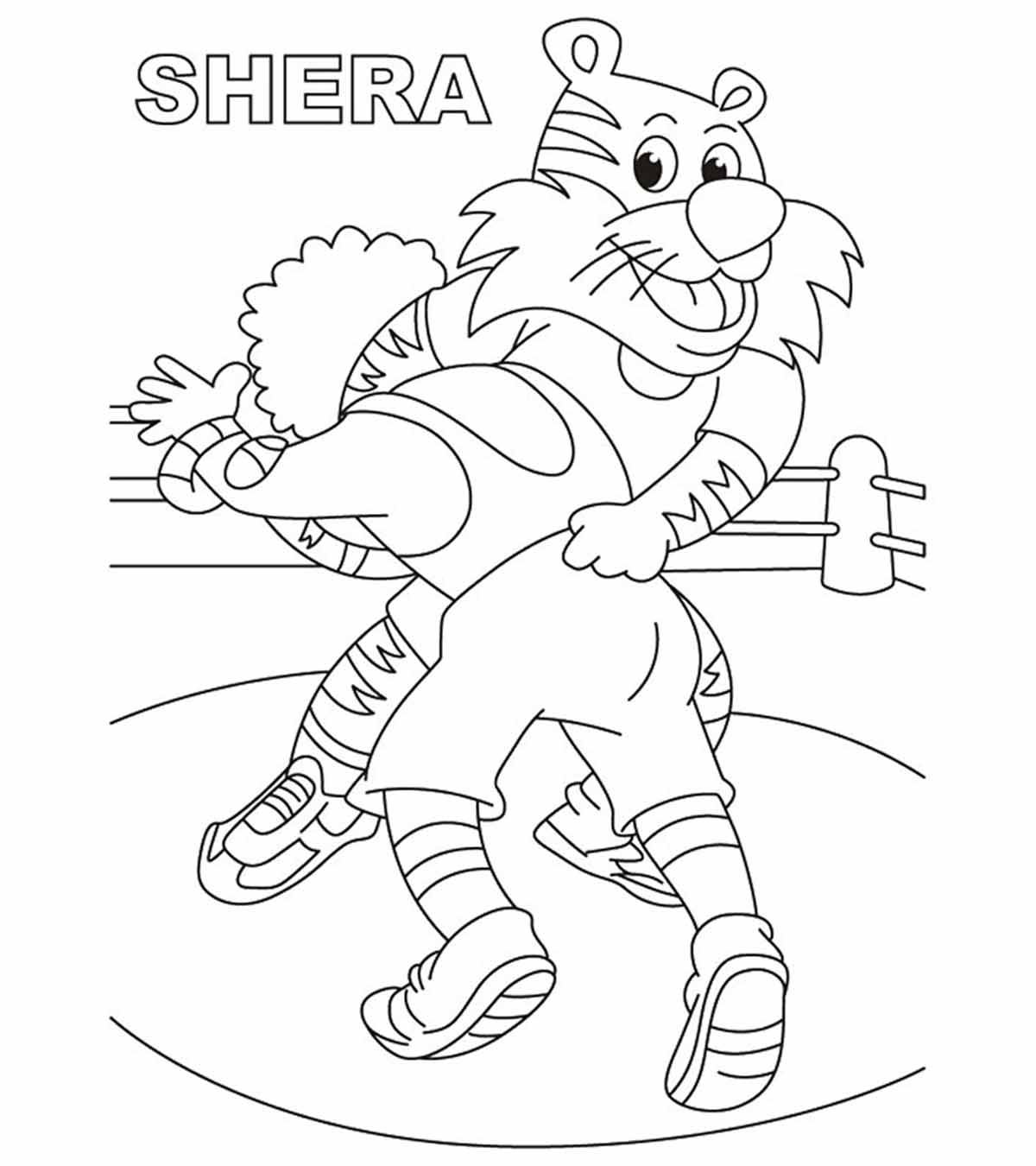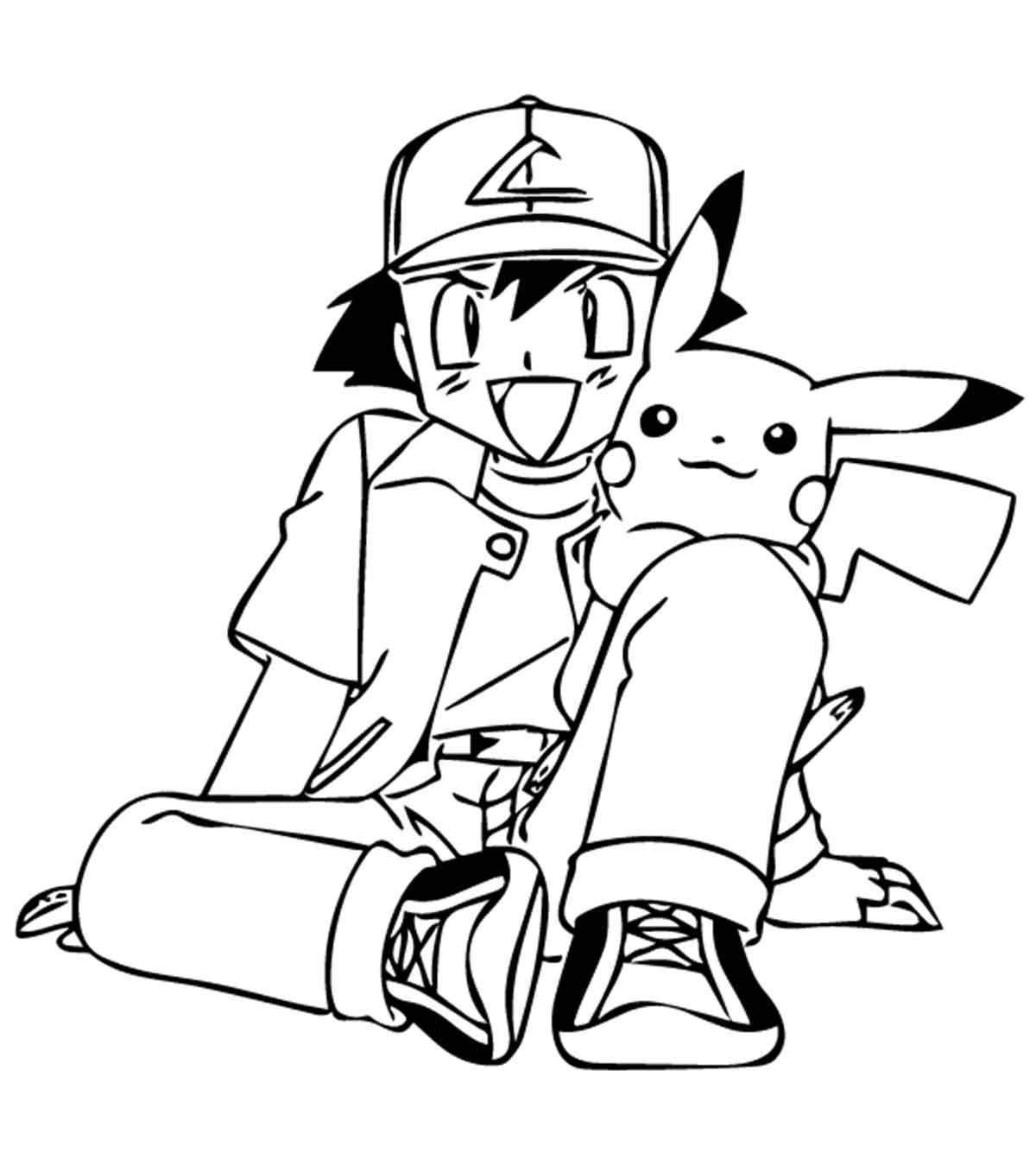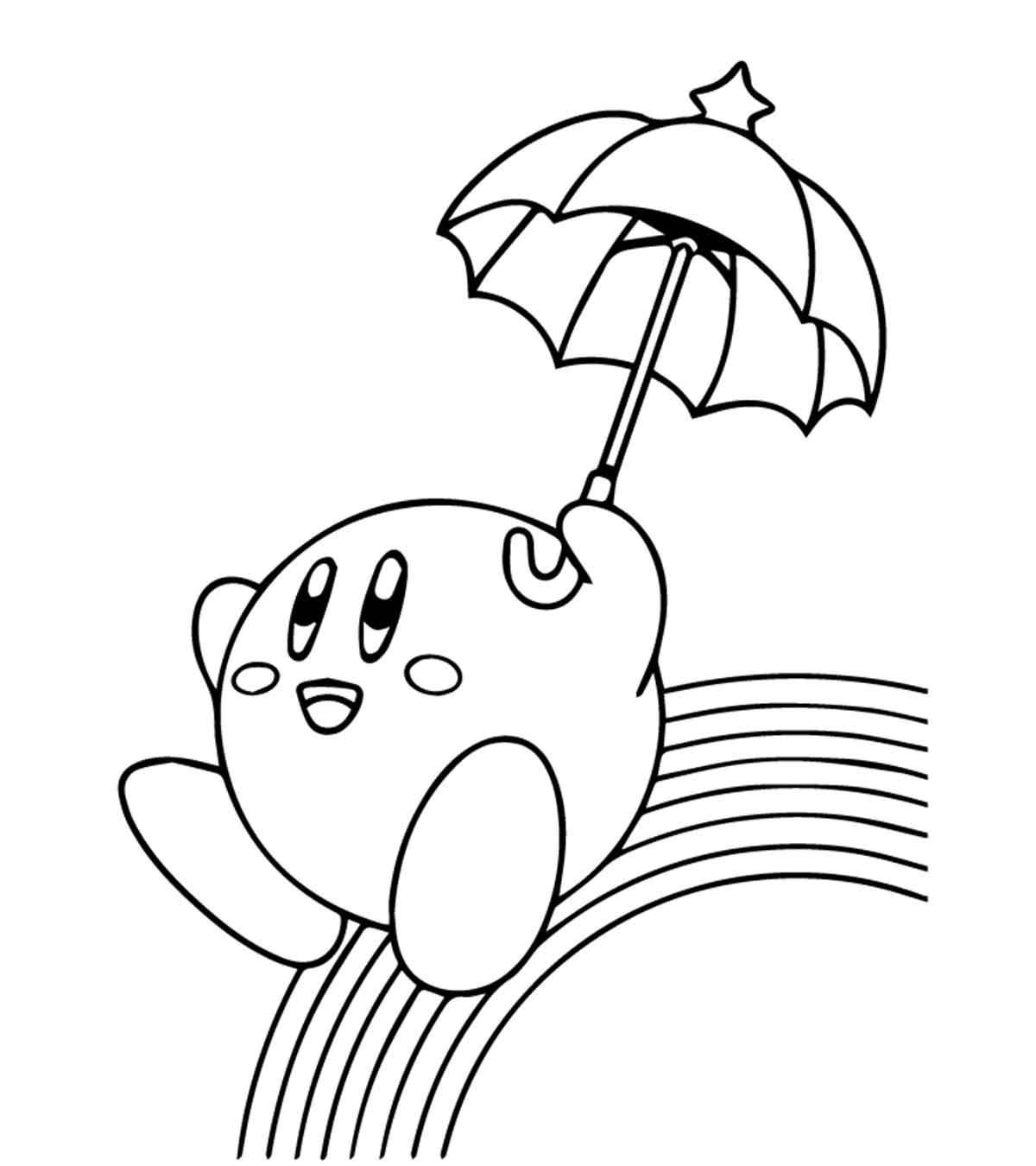Who said dinosaurs are dead? They are still around us, just waiting around the corner. Surprised? Don’t be! Look around and you will spot them in your little one’s macaroni, toys, clothes, crackers, cartoon shows, meals, and even his favorite movies!
Unlike what you may think, your kid will most likely get fascinated by anything that is huge, scary, rare, and different! Things like these will instantly draw their attention and hold their interest for long. These are some of the biggest reasons why most kids love dinosaurs.
If you are feeling that your kid’s love for these big beasts is a rare case, think again. Seven out of ten parents would invariably agree that their children are going through a dinosaur phase in their childhood. To kids, dinosaurs are nothing less than fantasy and they love these extinct entities.
You will be surprised to know the level of dinosaur love! There are so many kinds of dinosaurs and so much to learn about them that it can be a little tiring and difficult for your kid to remember and recollect.
Dinosaur Coloring Pages For Kids
A great way to encourage this love and let your kid have some fun is by using their coloring time as learning time. This simple activity of coloring can be used for your kid’s benefit.
Here are some free dinosaur coloring pages to print that your kid will enjoy coloring. They can treasure the completed drawings as posters for their room.
1. Baby dinosaur
This is the perfect dinosaur coloring page to begin with. If your kid is young and has just been introduced to dinosaurs, it is best that you let them get used to these new creatures. Here is a simple yet cute picture of a baby dinosaur. The animated effect of the picture will make it appealing to your kid.
2. Baby dinosaur with mama
This picture is also appropriate for beginners. The picture shows a baby dinosaur with a mamma dinosaur. This picture can be a great way to help your kid learn about concepts like size and relation.
3. Baby dinosaur with pentagons
This picture is more like a face-off. If your little one likes seeing dinosaurs in action, they surely would fall in love with this one. This picture makes your kid understand how two kinds of dinosaurs can be different (in terms of color and body parts) from each other. At the same time, they can also learn to identify similarities, like basic appearance and the likeness between the two.
4. Red baby dinosaur
Here is another cute-looking baby dinosaur of a different kind. Your kid can use their imagination to create play scenarios and learn what makes the first baby dinosaur different from this one. This is another great way to let your kid know that there are different kinds of the same species.
5. School book dinosaur
This fifth picture looks straight out of your child’s school books. As this is such a typical image of a dinosaur, your kid may instantly relate it to the lessons that their teacher has taught in school. While your kid enjoys coloring the picture, you can refresh their memory and redo the lesson.
6. Dinosaur with spikes
This next picture shows another dinosaur of a different kind. This one is a type of dinosaur called Stegosaurus. This type is identified by its duck-billed snout on the head. You can use this coloring page and teach your kid how different dinosaurs differ from each other. You can also show him how certain body features make certain dinosaurs stand out from the rest. These unique features can make for a great way for your kid to remember their names too.
7. Two dinosaurs
Here is yet another spectacular image of a different kind of dinosaur. This picture needs a little detailing while coloring so give it to help your kid develop their motor skills and technical understanding. The picture shows a type of Ankylosaurs and they are identified by their sharp spikes.
8. Pinkish dinosaurs
This is another great picture to help your kid understand the concept of difference. This sheet will help your kid understand that there can be various types of dinosaurs who differ, yet look similar in some way. The pictures are not very detailed because the idea is to make your kid understand the different types.
9. Baby and mama dinosaur
This next picture is the picture of a Styracosaurus, another amazing type of dinosaur. The picture shows a baby and a mamma dinosaur together. The distinctive features of this type of dinosaur will make it really appealing to your kid for coloring.
10. Horned dinosaur
The picture shows the Afrovenator Abakensis dinosaur. This kind was generally identified by the three claws it had on each hand. It also happens to be one of the most widely seen images of dinosaurs. Your kid might recollect seeing these in one of the Jurassic Park movies.
11. Dinosaur fossils in Natural History Museum
Children love to visit museums and observe the exhibits with amazement. Parents should take them to the museum often so that they learn about what happened in the past. If your children are curious about animals, you can show them huge dinosaur fossils at the Natural History Museum and tell them about the history of dinosaurs, such as how they lived in prehistoric times and how they became extinct. You can show your children pictures of different types of dinosaurs that existed in prehistoric times, and tell them what they ate, and how these dinosaurs survived.
12. Brontosaurus
Apatosaurus is also known as Brontosaurus; it belongs to the family of sauropod dinosaurs that lived 150-154 million years ago during the Jurassic Period. It was one of the largest animals that ever lived on the earth. The average height of a Brontosaurus was 23m (75ft) and weighed about 16 metric tons. The fossils of Brontosaurus were found in Nine Mile Quarry and Bone Cabin Quarry in Wyoming, at sites in Colorado, Oklahoma, and Utah.
The cervical vertebrae of Brontosaurus were less elongated and more heavily constructed than Diplodocus. The bones of the leg were stockier but elongated, which proved that the Brontosaurus was a robust animal. The Brontosaurus carries its tail above the ground during motion. Like all sauropods, the Brontosaurus has one big claw in each forelimb and three toes with claws on the hind limb.
The real name of Brontosaurus is derived from the Greek words ‘apatelos,’ which means ‘deceptive,’ and ‘sauros,’ which means ‘lizard’.
You can tell your little one these facts about the Brontosaurus to make the coloring session fun and informative.
13. Corythosaurus
Corythosaurus is a type of duck-billed dinosaur that belonged to the Upper Cretaceous period. The dinosaur existed on earth 77 million years ago. The name Corythosaurus is derived from Greek, which means ‘helmet lizard.’ The name and description of this dinosaur was given by Barnum Brown in 1914.
It is easy to detect a Corythosaurus specimen from skeletons because of the tall crests. It is believed that the crest helped in vocalization. The air used to pass through various chambers of the crest and would get amplified when the Corythosaurus exhaled. All the skeletons of Corythosaurus were found with food preserved in the chest cavity. This gives us some evidence that this dinosaur had conifer needles, seeds, twigs, and fruits.
14. Lystrosaurus
The Lystrosaurus species of dinosaur belongs to the family of Dicynodont therapsids. It lived during the Earlier Permian and Middle Triassic period that dates back to nearly 250 million years ago. Lystosaurus occupies the areas now known as Antarctica, India, and South Africa.
Lystosaurus had only two teeth, a pair of tusk-like canines. It probably had a horny beak that helped it to tear off pieces of vegetation. A Lystrosaurus is a heavily built herbivore and it is approximately the size of a pig. The structure of the shoulder and hip joints, as found during skeletal study by experts, suggests that the dinosaur moved with a semi-sprawling gait. The forelimbs are more robust than the hind limbs. Lystosaurus were great diggers and they lived in burrows.
Lystosaurus were very robust and their body type helped them to survive the changing atmospheric conditions during the Permian-Triassic extinction event. This picture shows the dinosaur to be dangerous but it never attacked any other animals. It is the sheer size and the lashing tongue that created the fear.
15. Allosaurus
An Allosaurus is a large theropod dinosaur that lived 155 to 150 million years ago, during the late Jurassic Period. The name Allosaurus means ‘different lizard’ and it is also derived from Greek. Allosaurus is classified as allosauridae, a type of Carnosaurian theropod dinosaur.
Allosaurus is a bipedal predator. Watch any Dinosaur film like Jurassic Park and you can spot one Allosaurus there! It had a large skull with dozens of sharp teeth, enough to make your blood curdle. It was probably 8.5m (28ft), however the fragmentary study shows that Allosaurus could have been 12 meters (39ft). The three-fingered forelimbs were small compared to the large and powerful hind limbs. The body got balance from the heavy, well-muscled tail.
Allosaurus was really dangerous as it preyed on herbivorous dinosaurs and other animals. The most common victims of an Allosaurus attack were Ornithopods, stegosauridae, and sauropods. Paleontologists are divided in their opinion on the behavior of the Allosaurus. Some believe that they had cooperative social behavior while hunting in packs, while others think Allosaurus was aggressive and ate from the same carcass. Most probably, the Allosaurus attacked the prey in an ambush, using their lower jaw as a hatchet.
16. A Close-Up
This is a close-up picture of a dinosaur and you can pin it up in your kid’s room after they finish coloring it. If your child has watched Jurassic Park already and loved the movie, you can write Jurassic Park below the picture.
It is not known which species of dinosaur this one belongs to, but its sharp canines show that it was possibly a predator or a carnivore. We generally associate all dinosaurs as predators, which is not true, but the close-up of this dinosaur confirms it could have been a scary predator of prehistoric times.
17. Dino says hello
This dino, though with sharp teeth, looks amiable! Your little one will love to color this friendly dino who is saying hello. Your child can color the spots and crests in different colors. Let their imagination fly sky-high as they color this dinosaur. This dinosaur looks a little friendly and its snarl appears as a broad grin.
18. Triceratops
Triceratops is derived from a Greek word, which means three-horned-face dinosaur. It belongs to the family of herbivorous ceratopsid dinosaurs. It first appeared on Earth in the late Maastrichtian stage of the late Cretaceous period, which dates back to about 68 million years ago. It occupied the area which is now known as North America. It became extinct during the Cretaceous–Paleogene extinction event 66 million years ago.
A Triceratops looks familiar to a rhinoceros, with its large bony frill and three horns. It has four legs. A Triceratops was often attacked by the Tyrannosaurus. Though Triceratops never gave up fighting for their lives, many popular images show Triceratops fighting a Tyrannosaurus with all its might.
19. Parasaurolophus
The name Parasaurolophus means ‘near-crested dinosaur’. It is a type of Ornithopod Dinosaur that lived during the Cretaceous Period. Many fossils of Parasaurolophus show that they resided in North America.
Parasaurolophus were both biped and quadruped. It was a hadrosaurid, a part of a diverse family of Cretaceous dinosaurs known for their range of bizarre head adornments. It had a large cranial crest and a long curved tube projecting upwards from the back of its skull.
The Charonosaurus from China, which may have been its closest relative, had a similar skull and crest. It is a rare kind of hadrosaurid.
20. Velociraptor
Velociraptor is a genus of Dromaeosaurid theropod dinosaur that lived approximately 75 to 71 million years ago during the later part of the Cretaceous Period.
A velociraptor played a crucial role in the Jurassic Park movie series, which your child might have watched already. He will be able to recognize this dinosaur immediately! A velociraptor is a bipedal feathered carnivore with a long tail. It has a long sickle-shaped claw with which it hunts the prey. Velociraptors can be distinguished from other Dromaeosaurids by their long and low skull and upturned snouts.
You can tell your child these interesting details about this dinosaur when they are coloring the picture. They will listen to you amazed about these extinct creatures.
21. Pachycephalosaurus
Pachycephalosaurus is a genus of pachycephalosaurid dinosaurs. The type species P. wyomingensis is the only known species. It lived during the Late Cretaceous Period in what is now North America. Pachycephalosaurus in Greek means ‘thick-headed lizard.’
Pachycephalosaurus had a single skull with a thick skull roof. It was probably a herbivore or omnivore. It was the last type of non-avian dinosaur before the Cretaceous–Paleogene extinction event. Another dinosaur, Tylosteus of western North America, has been synonymized with Pachycephalosaurus. It had long hind limbs and shorter forelimbs.
22. Carnotaurus
Carnotaurus is a genus of large theropod dinosaurs that lived in South America during the Late Cretaceous period, between about 72 and 69.9 million years ago. The only species is Carnotaurus sastrei. The word ‘carnotaurus’ is derived from Latin, which means meat-eating bull. Carnotaurus is a derived member of Abelisauridae, a group of large theropods that occupied the large predatorily niche in the southern Landmasses of Gondwana during the late Cretaceous period. Its closest relatives are either Majungasaurus or Aucasaurus.
Carnotaurus was a lightly built, bipedal predator, measuring 8 to 9 m (26 to 30 ft) in length and weighing at least 1 metric ton. It had thick horns over the eyes, which made it different from other carnivorous dinosaurs. It had small vestigial forelimbs and slender hind limbs. The creature also featured a deep skull with a muscular neck and had no feathers but a mosaic of overlapping scales that measured 5mm in diameter. Carnotaurus used his horns as shock absorbers when he attacked his rivals with slow head pushes or blows. The physical features of the Carnotaurus made it a distinctive and highly specialized theropod.
23. D for Dinosaur
You can teach your child that the word dinosaur starts with the letter d. Show them how to write both capital and smaller case ‘d.’
This dinosaur looks cute with polka dots and spikes. You can see this dino smiling too! Your child will enjoy coloring this dinosaur if you make this coloring session informative and an enriching learning experience.
24. Striped Dinosaur
This striped dinosaur looks really unusual. It has sharp teeth too, so it must be a dangerous predator. Don’t be surprised when your little one colors this picture using different colors, it might turn out to be a spectacular, multi-colored dinosaur that never walked the face of the earth! Well, that’s how innocent children are; they will color pictures according to their wish, and you can sit back and enjoy a little laugh. Make sure you explain to your child that dinosaurs are not multicolored like it’s shown in cartoons. You can show them pictures of dinosaurs on the internet to show them the real color of a dinosaur. Though the color of dinosaurs varied from one species to another, it was mainly brownish or grayish brown with a tinge of olive green and black.
25. Dino wearing shoes
This is a wonderful picture of a dinosaur wearing boots. This picture is so funny that your child will be thrilled to color it. They will definitely have a broad grin when they see a dino wearing canvas shoes, just like they do when they go to play. This little dino is also playing by clicking his fingers. Pin this dinosaur picture in your kid’s bedroom once they complete coloring it.
Coloring time can be made fun and informative by sharing information about each dinosaur. It is best to show your kid dinosaur fossils in a museum. They might not understand everything, but they would definitely like to see those giant-sized skeletons. It is a great way to tell them about these prehistoric animals. You can also research these animals with your kid on the internet for more information. Don’t forget to pin up these coloring pages once your child completes coloring them so that they feel that their work has been appreciated!
With so many types of dinosaurs, it is difficult for even adults to remember their names. Of course, it can be impossible for your kid to do so. It is best to let your child understand their basic nature, features, and characteristics in general.
Do not stress on remembering each one by its name. Gradually, as your kid grows up, they will learn. Utilize their coloring time by making them more familiar with this category of animals. Hope your kid enjoys these free printable dinosaur coloring pages. As a treat, watch a few dinosaur movies together!
Community Experiences
Join the conversation and become a part of our nurturing community! Share your stories, experiences, and insights to connect with fellow parents.

